In the changing world of making websites, there’s something called a content management system (CMS) that helps a lot. Drupal is a powerful and flexible one that many developers and content creators like.
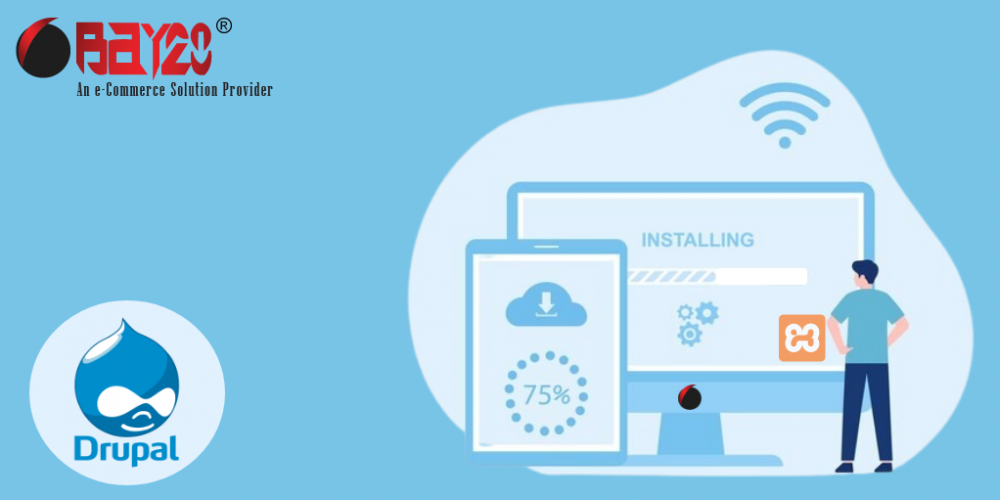

In the changing world of making websites, there’s something called a content management system (CMS) that helps a lot. Drupal is a powerful and flexible one that many developers and content creators like.
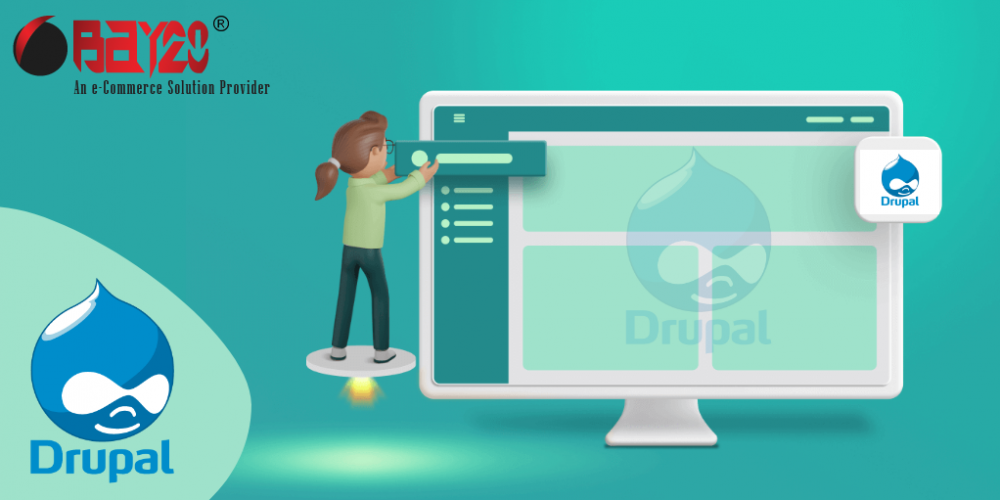
Website managers may efficiently arrange and explore their information using menus thanks to Drupal, a powerful and adaptable content management system.

Making a custom theme will offer your Drupal website a individual appearance and feel. We will walk you through the process of creating your own Drupal theme step-by-step in this tutorial. This implies that a custom design could be created for you.
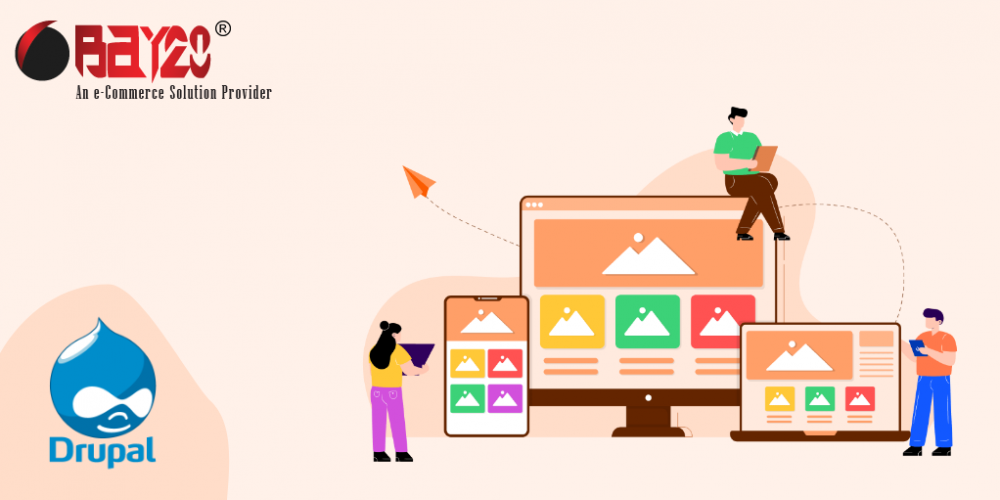
In Drupal, sub-themes are children that inherit the functionality and styles of a parent theme. This allows you to make customizations to the site while keeping core features and updates intact. It’s a common practice for developers to use sub-themes when they want to make changes to how a site looks without interfering with any changes or updates their peers are making. You can create one of these in Drupal by following these steps:
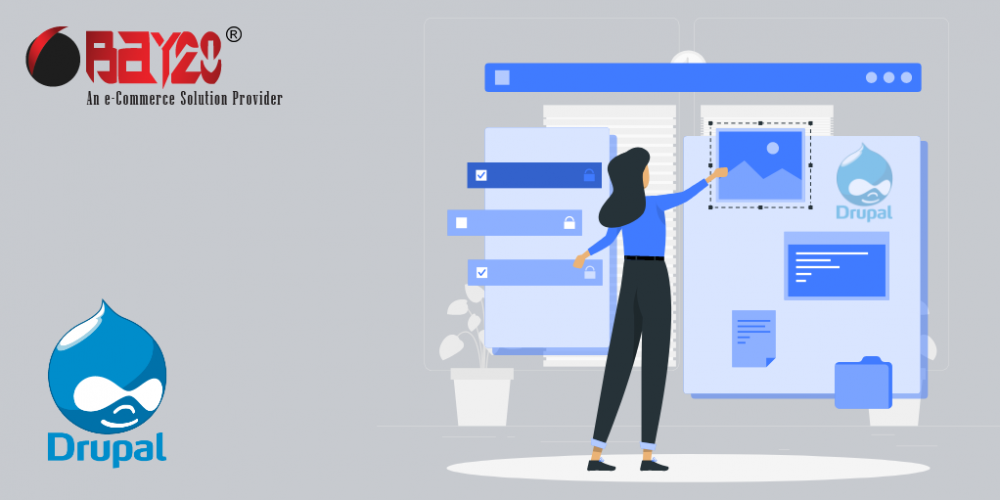
In Drupal, blocks are like little puzzle pieces. They’re self-contained pieces of content that can be put in different areas on your website’s theme. So if the header and footer are regions on your website, then consider blocks as the content in them. No matter where you place them, they never lose their shape or functionality. You can fill blocks with all sorts of things like text, images, menus, or forms — perfect for those who want to spice up their website!
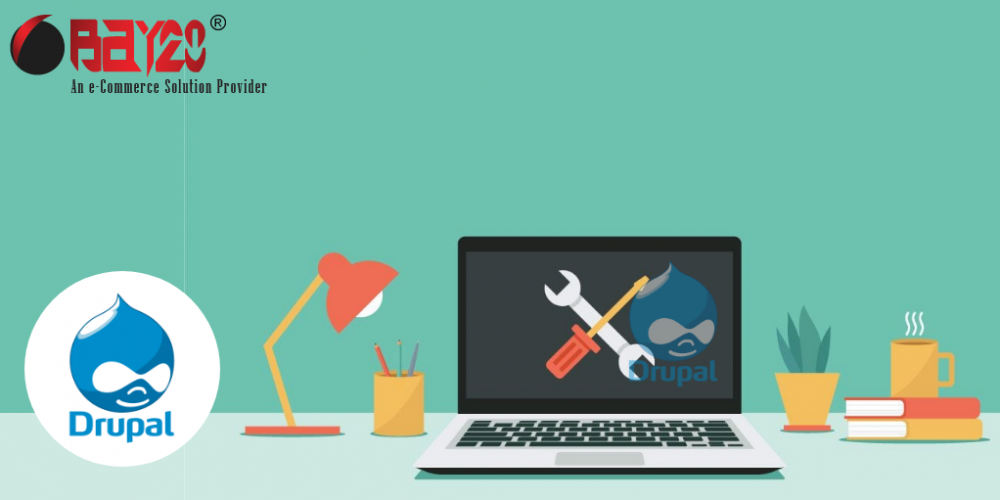
Maintenance mode is the state or setting that a system, website, application, or device gets put in when it needs to be taken out of commission on purpose. This is so they can perform maintenance, repairs, updates, and other necessary tasks. For good reason, these systems are usually inaccessible to users while in this mode. It prevents any problems that can arise from people using it while being worked on. Below are steps for enabling the maintenance mode in Drupal.

Drupal, an open-source content management system (CMS), is extensively utilized in constructing and managing websites and web applications. It is known for its adaptability, scalability, and feature-rich nature, rendering it a preferred option for numerous websites, from personal blogs to extensive enterprise-level platforms.
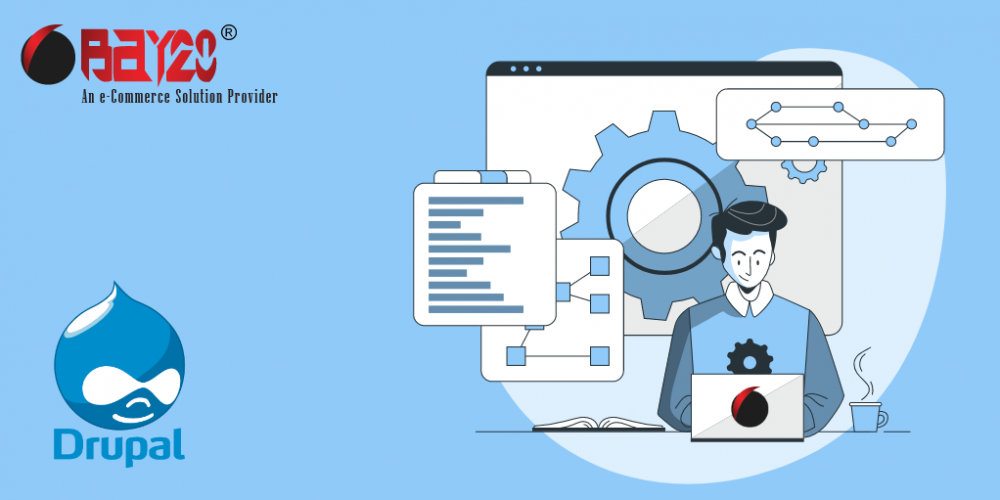
Content management systems (CMS) are crucial in developing websites with many functionalities. In the world of web development, it’s always changing. One CMS that has grown in popularity is Drupal because of how easily you can use it. This CMS has many basic features and a library of modules that people have made to make it easier to develop websites. This blog article will find the top ten Drupal modules that will improve your website development process.
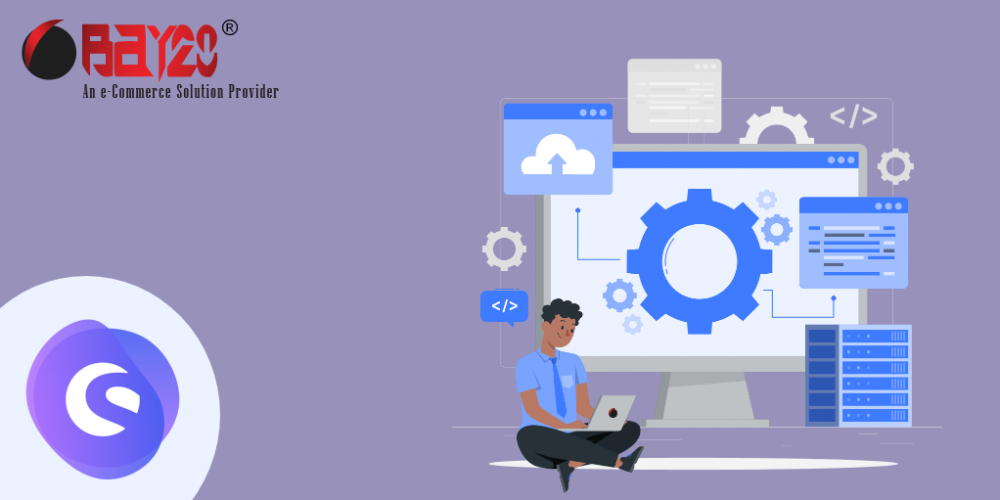
Moving from Shopware 5 to Shopware 6 may pose a challenge, but with proper planning and execution, it can be accomplished seamlessly.

To begin with, it is essential to deactivate the functionalities associated with the impacted extension. For example, if it is a payment or shipping extension, ensure that the corresponding payment method or shipping method is disabled to prevent customers from utilizing them.
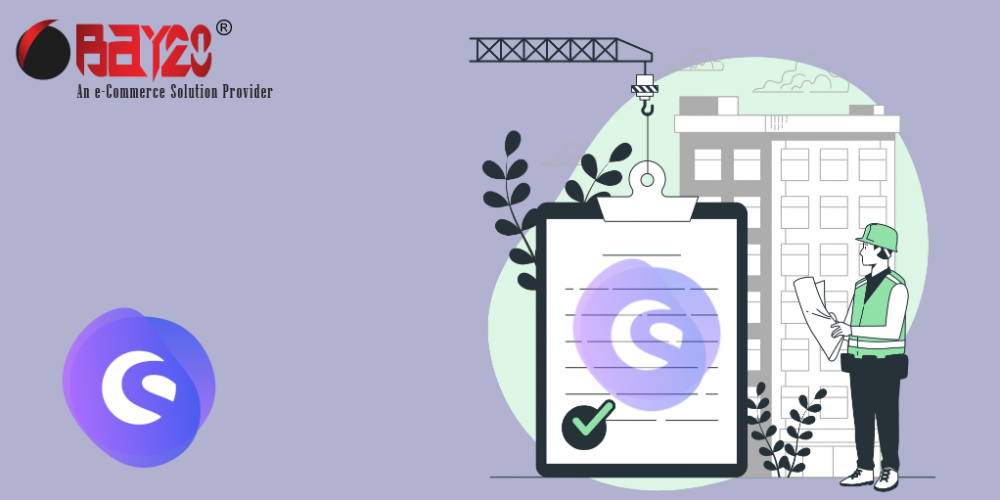
Rule Builder in Shopware 6 is a powerful tool that enables merchants to customize the behavior and functionality of their online store based on specific conditions.

In Shopware 6, sales channels represent the interface between the administration and the storefront. Each sales channel corresponds to a distinct channel through which you can sell your products.